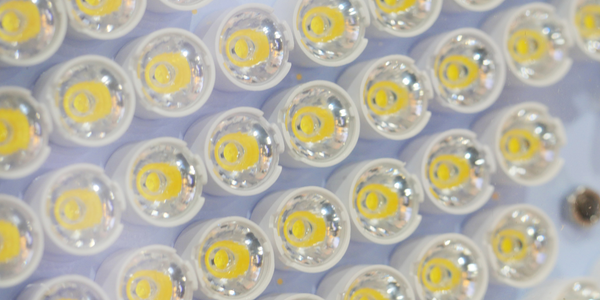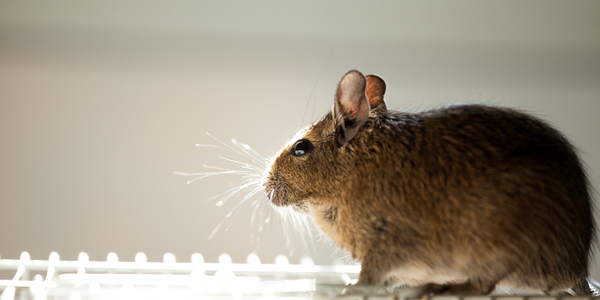Technology Category
- Analytics & Modeling - Machine Learning
Applicable Industries
- Consumer Goods
- Education
Applicable Functions
- Product Research & Development
Use Cases
- Real-Time Location System (RTLS)
About The Customer
The customer in this case study is Pampers, a brand owned by Procter & Gamble (P&G). Pampers is a leading brand in the baby care industry, known for its wide range of baby products, including diapers, wipes, and training pants. The brand is recognized globally and is trusted by millions of parents for the care and comfort of their babies. The challenge faced by Pampers was in retaining customers as their babies grew and transitioned between different nappy sizes. The brand needed to develop a new CRM strategy to increase loyalty to Pampers products at key transition stages in a baby's life.
The Challenge
Pampers, a leading brand in the baby care industry, was facing a significant challenge in retaining customers as their babies grew and transitioned between different nappy sizes. The growth and development of every baby is unique, and Pampers needed to play a unique role in helping parents navigate these changes. The brand was struggling to maintain its position as the definitive choice for every parent during the early years of their child’s life. The challenge was to develop a new CRM strategy that would increase loyalty to Pampers products at key transition stages in a baby's life.
The Solution
To address this challenge, a new CRM strategy was developed that mapped the journey of a mother with her baby from pre-natal to toddlerhood. This journey design was used to implement a contact strategy that delivers personally relevant content to increase loyalty to Pampers products at these key transition stages. The strategy was centered around active participation, delivering more value to families than just points. Pampers was transformed into a Helper brand by adding more support and education into the Pampers Baby Club app. The Pampers Club program consisted of customer identification, predictive modelling, and a rapid test-and-learn strategy. It also included heavily-personalised triggers, cross-channel attribution, and marketing automation to make the consumer the focus of the program. Real-time event detection and real-time analytics, along with machine learning, were leveraged to ensure Pampers and the Baby Club app are always top of mind.
Operational Impact

Case Study missing?
Start adding your own!
Register with your work email and create a new case study profile for your business.
Related Case Studies.
.png)
Case Study
Improving Vending Machine Profitability with the Internet of Things (IoT)
The vending industry is undergoing a sea change, taking advantage of new technologies to go beyond just delivering snacks to creating a new retail location. Intelligent vending machines can be found in many public locations as well as company facilities, selling different types of goods and services, including even computer accessories, gold bars, tickets, and office supplies. With increasing sophistication, they may also provide time- and location-based data pertaining to sales, inventory, and customer preferences. But at the end of the day, vending machine operators know greater profitability is driven by higher sales and lower operating costs.

Case Study
Series Production with Lot-size-1 Flexibility
Nobilia manufactures customized fitted kitchens with a lot size of 1. They require maximum transparency of tracking design data and individual processing steps so that they can locate a particular piece of kitchen furniture in the sequence of processes.

Case Study
American Eagle Achieves LEED with GE LED Lighting Fixtures
American Eagle Outfitters (AEO) was in the process of building a new distribution center. The AEO facility management team decided to look at alternate options for lighting layout that could provide energy and maintenance savings. AEO would need a full-time maintenance employee just to replace burned-out fluorescent tubes.

Case Study
Revolutionizing Rodent Control
From pet- and child-safe traps, to touch-free and live-catch rodent control solutions, Victor continues to stay committed to producing superior products that meet the varying needs of today’s pest control professionals. And, with a long standing history supporting customers in the food processing, service, and retail settings, Victor knew that strict regulations were costing organizations thousands of dollars in excess overhead trying to manage their rodent-control solutions. Trap inspections in these environments are often difficult and time consuming, requiring personnel to manually check a trap’s status multiple times per day, amounting to over six hours of manual labor. Victor is looking for an innovative way to increase operational efficiencies with the use of technology.









